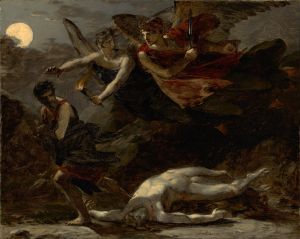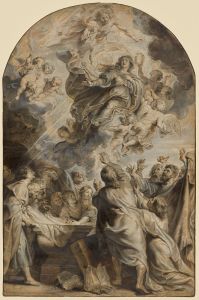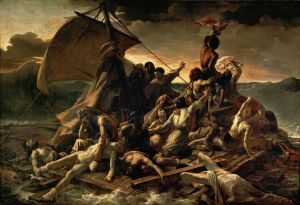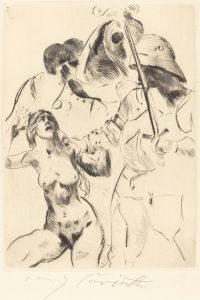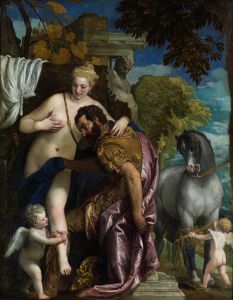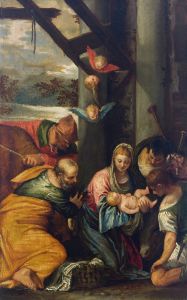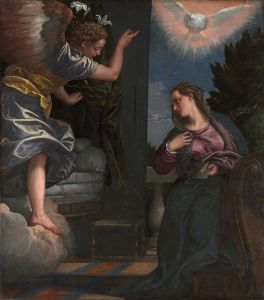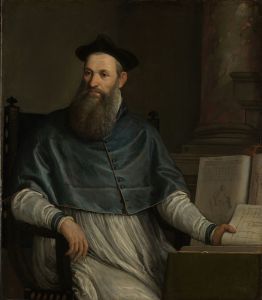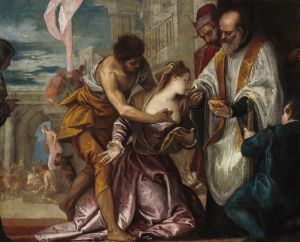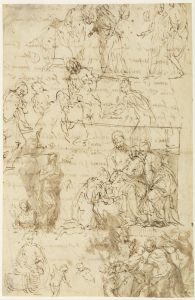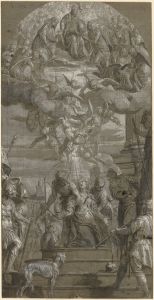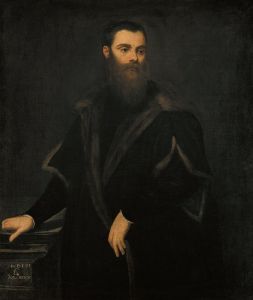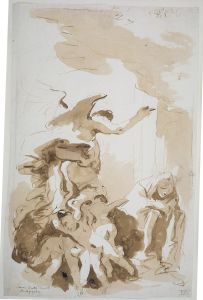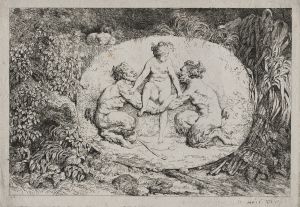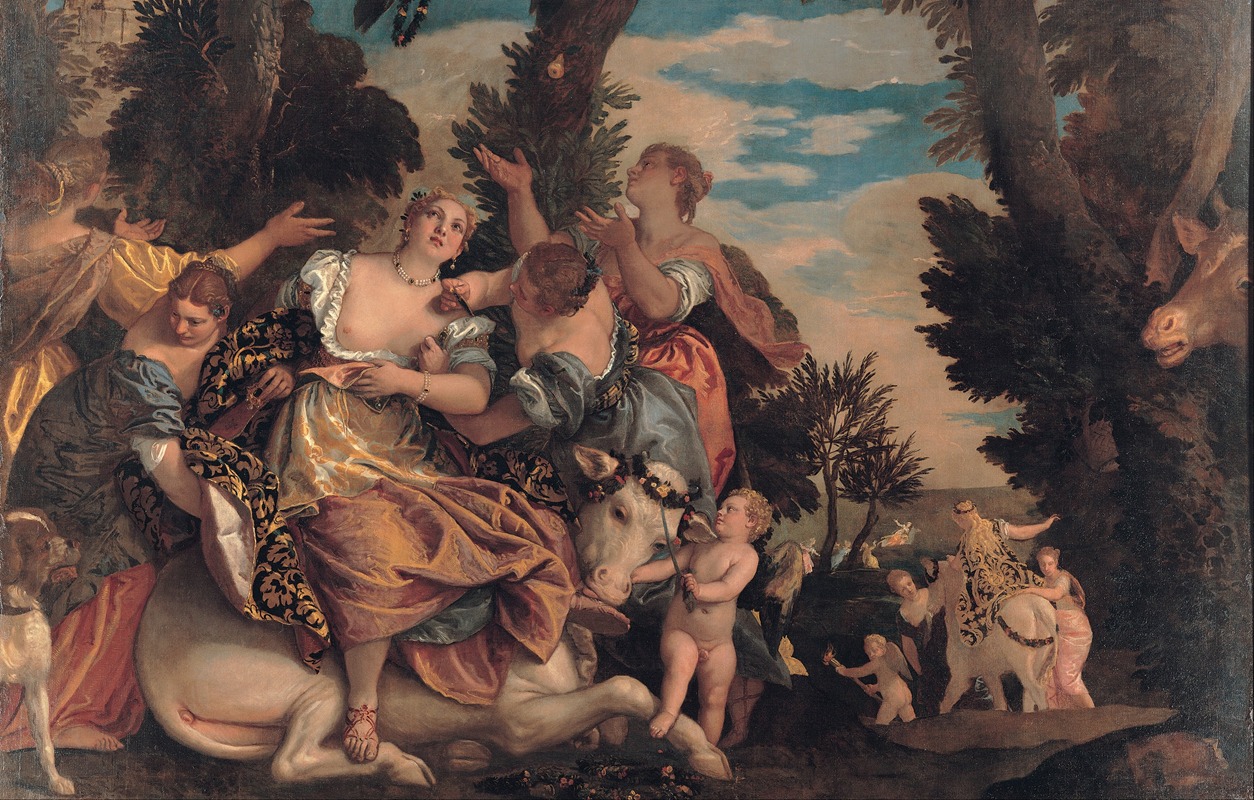
Rape of Europa
A hand-painted replica of Paolo Veronese’s masterpiece Rape of Europa, meticulously crafted by professional artists to capture the true essence of the original. Each piece is created with museum-quality canvas and rare mineral pigments, carefully painted by experienced artists with delicate brushstrokes and rich, layered colors to perfectly recreate the texture of the original artwork. Unlike machine-printed reproductions, this hand-painted version brings the painting to life, infused with the artist’s emotions and skill in every stroke. Whether for personal collection or home decoration, it instantly elevates the artistic atmosphere of any space.
Paolo Veronese's "The Rape of Europa" is a renowned painting that exemplifies the grandeur and opulence of the Venetian Renaissance. Veronese, an Italian painter known for his large-scale historical and mythological scenes, created this work in the late 16th century. The painting is based on the mythological story of Europa, a Phoenician princess who was abducted by Zeus, the king of the gods in Greek mythology.
In the myth, Zeus becomes enamored with Europa and transforms himself into a gentle white bull to approach her. Europa, charmed by the bull's beauty and gentleness, climbs onto its back. Zeus then seizes the opportunity to carry her away across the sea to the island of Crete. This story has been a popular subject in art due to its dramatic and romantic elements, and Veronese's interpretation is one of the most celebrated.
Veronese's "The Rape of Europa" captures the moment of Europa's abduction with a vivid and dynamic composition. The painting is characterized by its vibrant color palette, a hallmark of Veronese's style, which includes rich blues, reds, and golds. The figures are elegantly posed, and the scene is set against a lush, expansive landscape that conveys a sense of movement and drama. Veronese's attention to detail is evident in the intricate depiction of fabrics, the play of light on the figures, and the expressive faces of the characters.
The painting reflects the influence of the Venetian school, known for its emphasis on color and light, as opposed to the more linear and sculptural style of the Florentine school. Veronese's work is often noted for its theatricality and grandeur, qualities that are prominently displayed in "The Rape of Europa." The composition is carefully balanced, with Europa positioned centrally, drawing the viewer's eye to her interaction with the bull.
"The Rape of Europa" is housed in the Palazzo Ducale in Venice, Italy, where it remains an important piece of the city's artistic heritage. The painting is a testament to Veronese's skill in blending narrative and decorative elements, creating a work that is both visually stunning and rich in storytelling.
Veronese's interpretation of the Europa myth not only showcases his technical prowess but also reflects the broader cultural and artistic trends of the Renaissance period. The painting's emphasis on beauty, mythological themes, and the use of classical references are indicative of the Renaissance's revival of interest in ancient Greek and Roman culture.
Overall, "The Rape of Europa" by Paolo Veronese is a masterpiece of Renaissance art, celebrated for its vibrant color, dynamic composition, and the artist's ability to convey a complex narrative with elegance and clarity. The painting continues to be admired for its artistic merit and its place within the rich tapestry of European art history.





